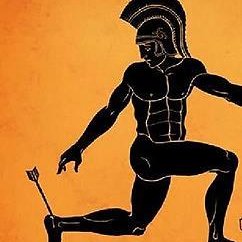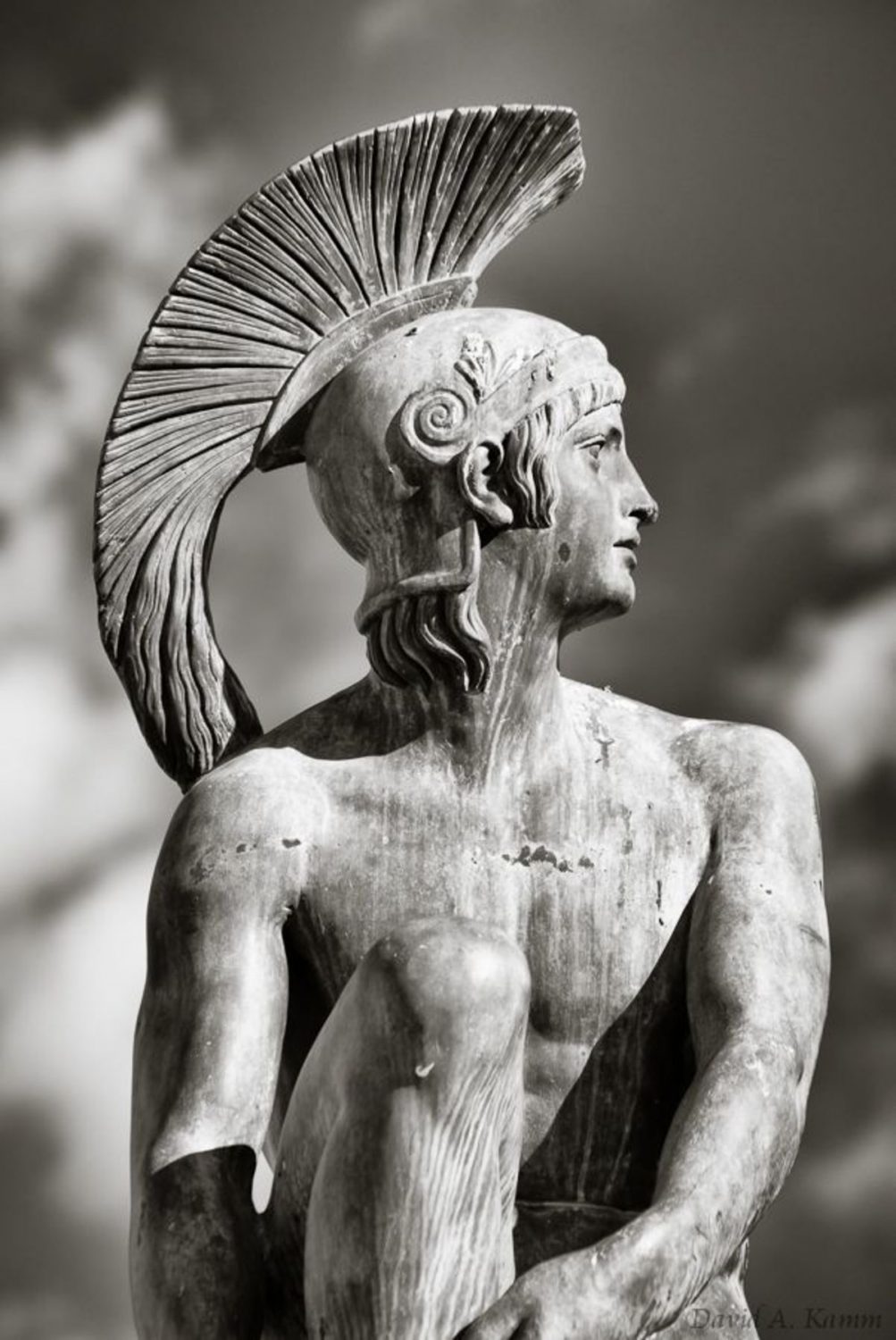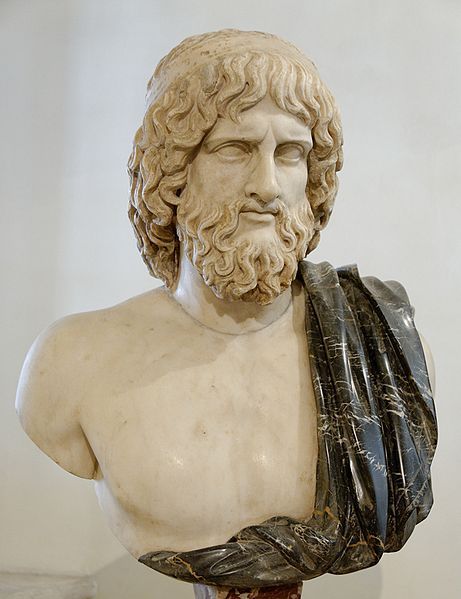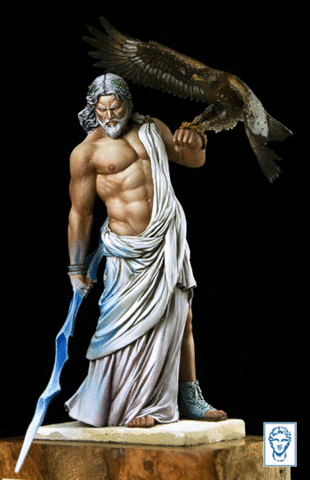Mythology is a vast and complicated field. Many TV shows and movies have tried their best to tackle it and present it as best as they can to the viewers. Most people base their knowledge of Greek mythology on the movies they've watched, without any real evidence. Due to this, lots of misconceptions about Greek mythology have developed. Here are ten facts about Greek mythology that most people get completely wrong;
1. Medusa Is Not The Only Gorgon

The story of medusa is very popular and has sparked a lot of movies and books. She was a woman with snakes in her hair capable of turning anyone who looks into her eyes to stone. Her story is closely tied to that of the hero Perseus who was tasked with killing her. But what most people don't know is medusa was not the only Gorgon in Greek mythology.
Medusa's two sisters, Stheno and Euryale were also Gorgons. Though unlike her, they were immortal. They all had the same hideous appearance as Medusa and were all daughters of the sea God Phorcys. All three sisters were turned into Gorgons by the Goddess Athena after Medusa was caught sleeping with Poseidon in her temple, and her sisters stood by her.
2. Achilles Heel Does Not Exist

The myth of the Achilles heel has become very popular and remains a popular idiom. The story goes that Achilles' mother, the nymph Thetis held him by his ankle and dipped him in the River Styx to make him immortal. She succeeded and this left his heel – the part she held – as the only mortal part of his body, which became his weakness.
This story of Achilles is one of the most popular versions of the story. But in reality, this myth is relatively new in comparison to other stories. In the original Achilles myths, Achilles was fully mortal although he was a demigod. Achilles was the strongest of the Greek soldiers and fought bravely in the famous Trojan War. His actual Achilles heel was more psychological and manifested in his pride.
3. Mermaids Are Not Sirens

The myths of the mermaids and the sirens are sometimes intercrossed though both tell very different stories. Mermaids have been in many folklores for thousands of years.
Sirens on the other hand were half-bird, half-woman creatures who stayed on an island between Aeaea and the rocks of Scylla. They lured sailors to death using their voice and taking the form of the thing they desired the most. In Homers Odyssey, Odysseus and his crew were able to escape them by blocking their ears with wax. Odysseus himself, at the advice of the witch Circe, tied himself to the mast without blocking his ears and became the first person to hear their song and live.
4. Greek And Roman Mythology are Not the Same
A lot of people with little knowledge of mythology often see Greek and Roman mythology as being interchangeable. While there are some similarities between the mythologies, there are distinct differences.
Roman mythologies were less detailed. Humans only had to follow a set of rules and choose to serve whichever god they felt suited their needs more. If they found the gods too demanding, they could switch to some new gods. Greek mythologies are a lot more detailed, with individual stores matching different characters in the mythology.
5. Theseus Was A Bad Person

The story of the hero Theseushas has been told countless times. How he journeyed into the Labyrinth in Krete and slew the fearsome Minotaur, saving the city from constant death and sacrifice. This was done with the help of Ariadne, the daughter of the Demigod Minos. She helped by giving him a sword and a ball of string to unravel in the labyrinth, so he could find his way back once the creature was killed.
In return for her kindness, Theseus promised to marry her but instead abandoned her on the island of Naxos when she fell asleep. Theseus also decided that the best way to repopulate the city was by raping all the young women. This made him greatly hated among his people.
6. Hades Isn't Actually Evil

Hades is the Greek god of the underworld. This means he rules over the land of the dead. Because of this, people share a common misconception that he was a bad person. In actuality, Hades wasn't particularly evil. When parts were shared between the three brothers, Hades simply got the short end of the stick, with Poseidon getting control over the sea, and Zeus got the sky.
He's actually a pretty nice person. This can be seen from the stories of Orpheus and Eurydice, and Hercules, where he was generous to all of them.
7. Scylla Was Once A Beautiful Nymph

Scylla was a famous sea monster in Greek mythology. She resided among the rocks opposite the whirlpool Charybdis. Sailors who sought to avoid the Charybdis would be forced into her hands, where she would devour them.
But what most people don't know is that Scylla was once one of the most beautiful nymphs. According to some stories, Glaucus – a man who was turned into a god after falling asleep in a magical garden – fell in love with her. This made the sorceress Circe very jealous, and she poisoned the bath Scylla was in. This turned her into a terrifying monster with six heads, twelve feet, and teeth as sharp as knives.
8. Artemis Murders People

The goddess Artemis is known as the goddess of the hunt, wild nature, and chastity. As a child, she begged Zeus to allow her to remain a virgin forever, which he granted. She became known as the goddess of childbirth and patron of young women.
However, Artemis has a dark history behind her. She and her twin brother Apollo hunted down the children of Niobe and killed them. Before this, Niobe had bragged that she had more children than Artemis's mother Leo, and this sparked their rage.
9. The Olympians Weren't The First Immortals

Modern-day Greek mythology tends to center around Zeus and his five siblings – Poseidon, Hades, Hera, Hestia, and Demeter, along with other Olympian gods. But in reality, Greek mythology began long before the Olympians even existed.
It all started with the being Chaos who brought forth Gaia and Eros (Earth and Love). Gaia birthed the Sea, the Sky, and the Mountains. The Sky, Uranus, became her husband, and together, they birthed many children. Among these was the great Titan Cronus, father of Zeus. The titans ruled hundreds of years before the fall of their leadership and the start of the reign of the gods.
Because they couldn't be killed, the tians were forced to submit to Zeus, and Cronus' body was cut into a million tiny pieces and thrown into the pit of Tartarus, in the lower part of the underworld.
10. There Was Another Side To The Goddess Of Love

The goddess Aphrodite is known as the goddess of beauty and love. Modern movies and novels always portray her as being blindingly beautiful, which she was. But there is another side of the beautiful Aphrodite that most people don't know about.
According to Greek mythologies, Aphrodite was married to Hephaestus, the god of blacksmiths and metalworking. But Hephaestus was ugly, and this made Aphrodite dislike him. She had multiple lovers and was constantly unfaithful. The most popular of her lovers being the god of war, Ares. Their love affair gave them several children – Deimos, Anteros, Eros, Phobos, Harmoni, Himeros, and Pothos.
Aphrodite was often looked upon by travelers, merchants, and sailors to grant them smooth travels. She was seen as a guardian of civil law and many magistrates and political figures worshipped and sacrificed to her. They believed she would bring about harmony and peace among their subjects.
Paintings and statues of Aphrodite have been made that feature her in armor or ready for battle.
Honorable Mention
11. The Titans Weren't Evil

Earlier I referenced the titans and how they ruled before the rise of the Olympians. But just like Hades, the titans are often seen as being really awful.
In actuality, the rule of the titans – also referred to as The Golden Age of the Gods – was one of the most peaceful reigns. The earth was free of immorality, and its inhabitants required no laws to keep them in line. (This was before the existence of humanity).
While Cronus, the head Titan did eat his children, it was only because he was scared of being overthrown, as the fates had prophesied. After the great titan war, Titanomachy, the gods – led by Zeus – won and the titans became imprisoned.
So really, the titans weren't all bad, they were just victims of really bad luck. The name titan was actually given to them by their father Uranus. He cursed them and called them Titanes Theoi, which means straining gods.
Now that you know all these facts, hopefully, you're more educated about the facts and fictions of Greek mythology.



